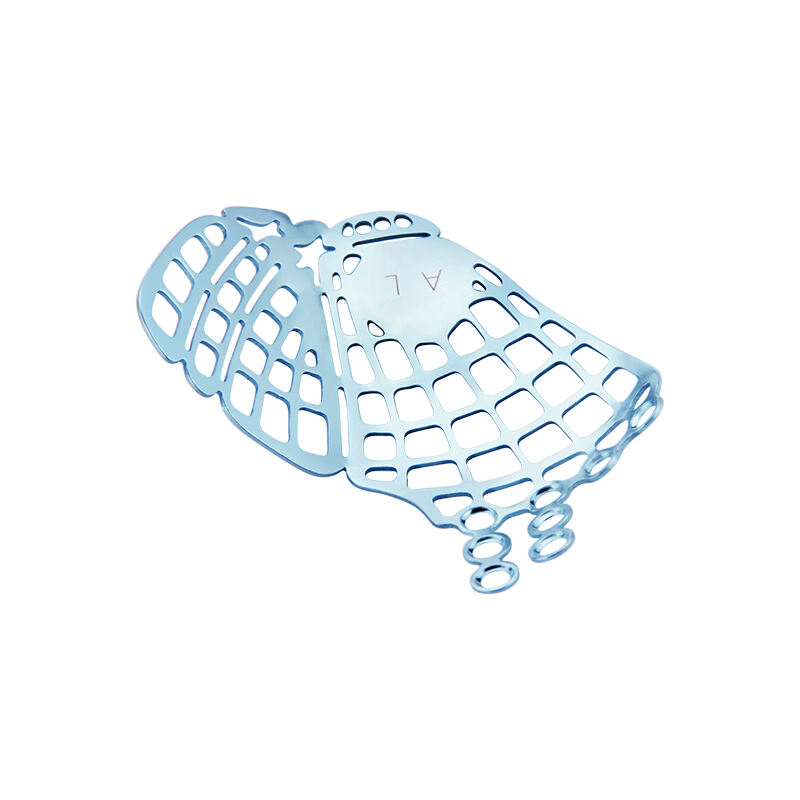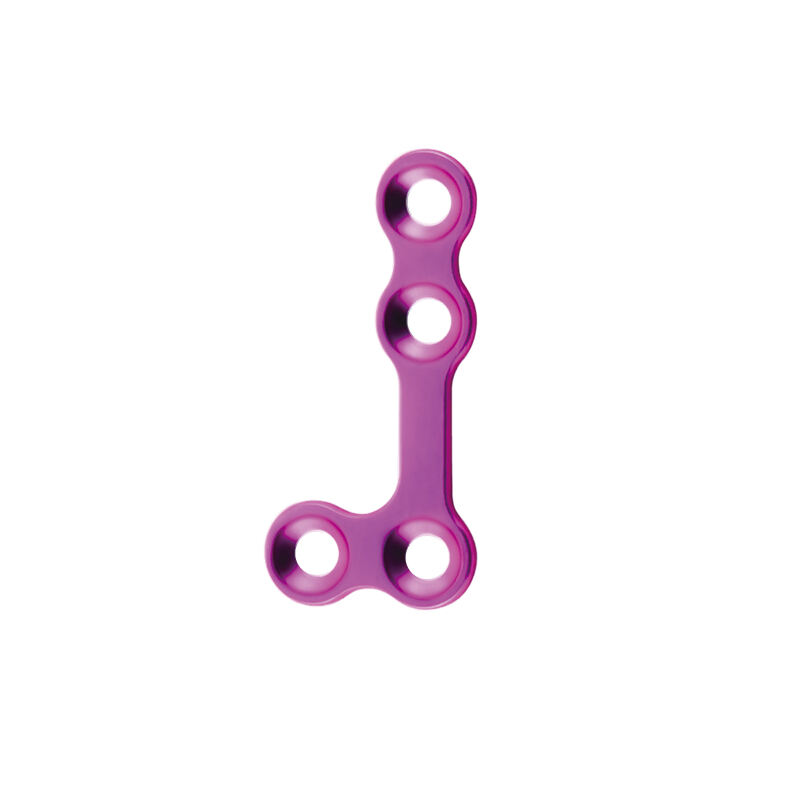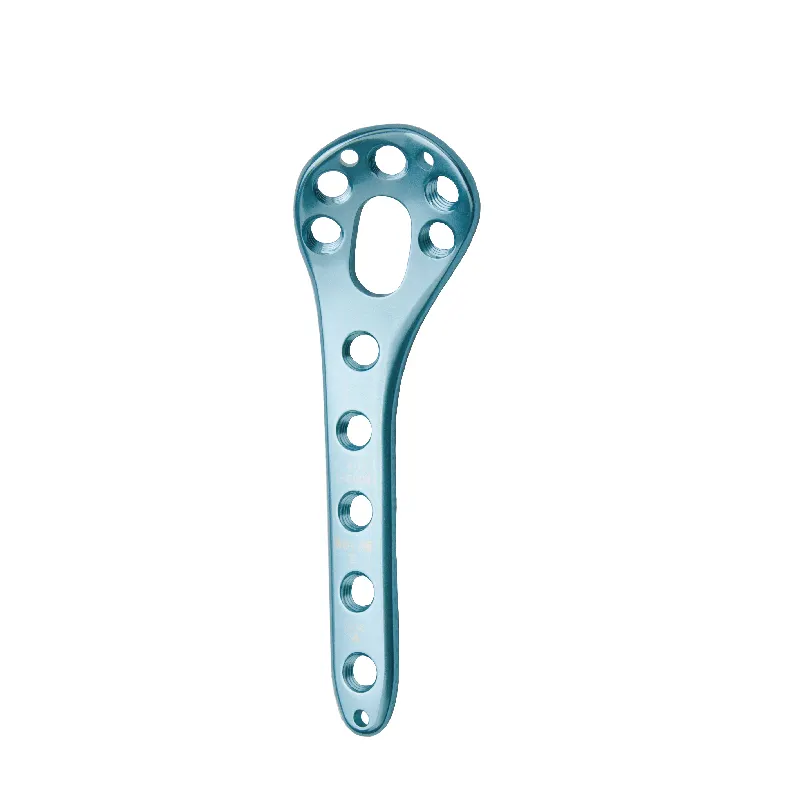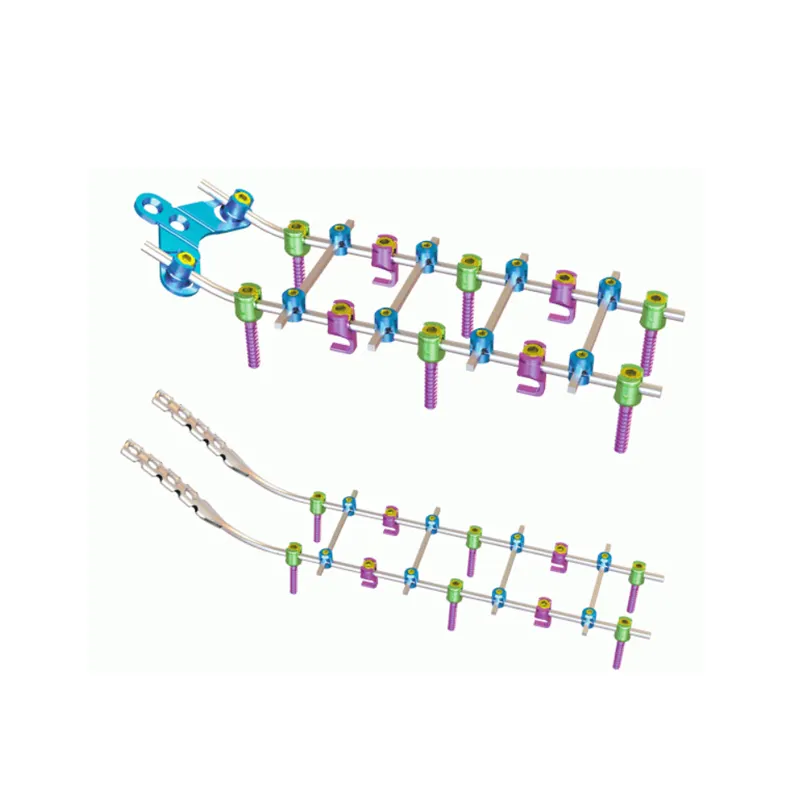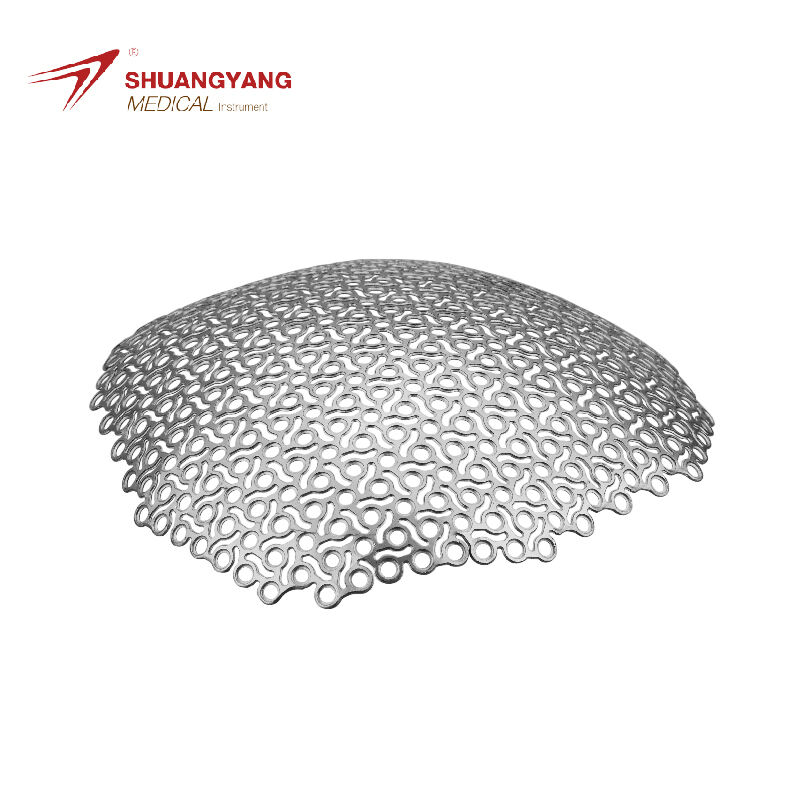sternum bone anatomy
The sternum, commonly known as the breastbone, is a flat bone that forms the front portion of the rib cage in humans. It consists of three main parts: the manubrium, the body, and the xiphoid process. The sternum plays a critical role in the protection of vital organs, such as the heart and lungs, by acting as a shield. It also provides an attachment point for the ribs, allowing for the expansion and contraction of the chest during breathing. Technologically, the sternum is a marvel of natural engineering, providing structural integrity to the thoracic cavity. In medical applications, understanding sternum bone anatomy is crucial for surgeries, orthopedics, and trauma care.
 EN
EN
 FR
FR
 ES
ES
 AR
AR

